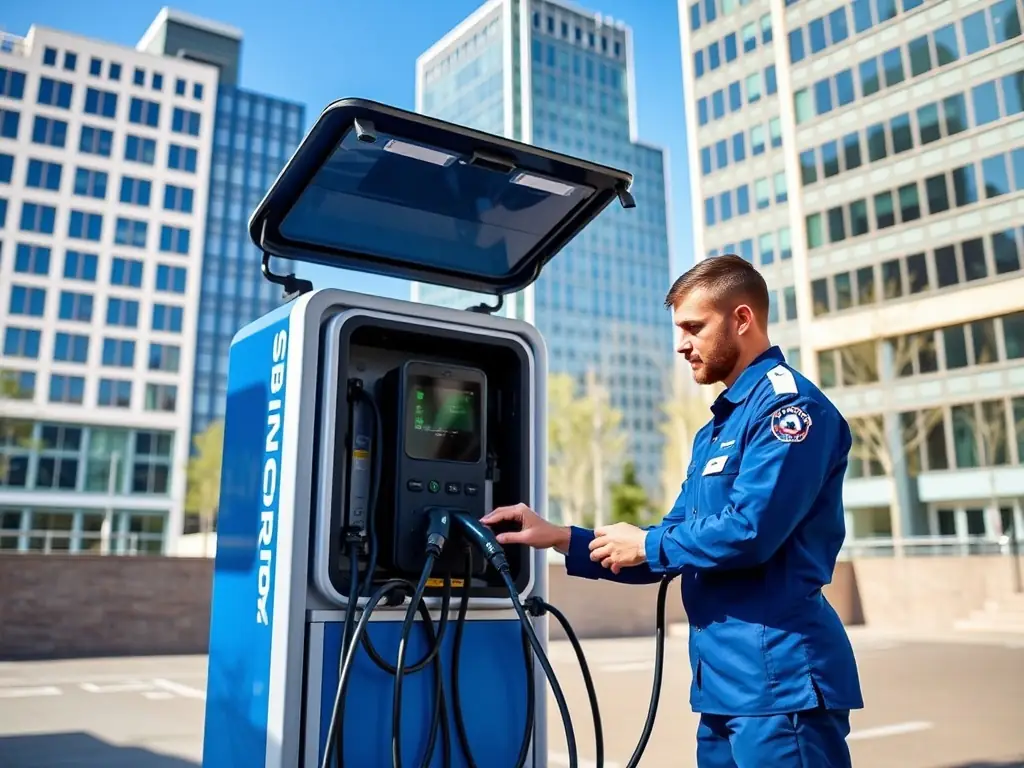A Level 3 charger is the hostess with the modest in the world of EV charging, because it uses direct current (DC) to charge EVs much faster than both Level 1 and Level 2 chargers. Level 3 chargers are often called DC chargers or “superchargers” due to their ability to almost fully charge an EV in under an hour.
However, they’re not as standardized as lower-level chargers, and an EV requires special components like a Combined Charging System (CCS or “Combo”) plug or a CHAdeMO plug used by some Asian automotive manufacturers, to connect to a Level 3 charger.
You’ll find Level 3 chargers alongside main thoroughfares and highways because while most passenger EVs can use them, DC chargers are primarily designed for commercial and heavy-duty EVs. A fleet or a network operator can mix and match a selection of Level 2 and Level 3 chargers on-site if they’re using compatible open software.
How many kW is a Level 3 charger?
A Level 3 charger’s output runs from 50kw to 350kw, letting it deliver the equivalent of up to 20 miles worth of range per minute to an EV. This level of speed is possible not only because a Level 3 charger transfers a great amount of electricity quickly, but also because it does so in a form that can be more easily stored by the EV.
Electricity is transmitted across the power grid with an alternating current, but most batteries—whether disposable, in your phone, or in your car—use a direct current. This means the electricity’s current must be converted before it can be used to recharge your battery, and Level 1 and Level 2 chargers rely on an EV’s built-in converter to handle the task. Level 3 chargers convert the electricity from AC to DC internally, allowing them to directly feed the current to an EV at a much greater rate than the vehicle’s built-in converter could handle.
The speed of a Level 3 charging station shows what a potent asset it can be for owners and drivers alike when managed correctly.

